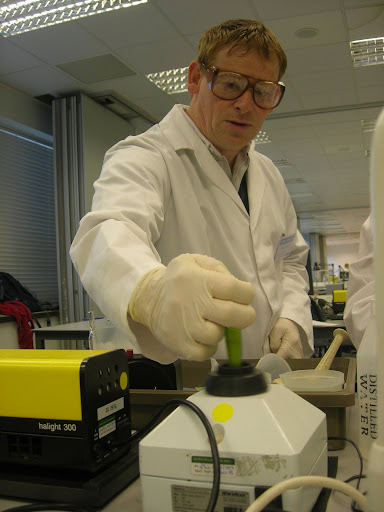OK - so its time to see if I can cut the mustard.
TMA (Tutor marked assignment) number 1. Basically its a bunch of questions to answer on the course so far to show your understanding of what you've read and done.
There are various complex rules about TMAs. Apart from the obvious, that they must be your own work, and without plagarism. To pass the course you have to score above an average of 40% on all TMAs. However you can substitute a bad TMA's by an averaged mark, so one bad one won't drag you too far down. Some TMA's are not substitutable though, so it all gets a bit complicated.
However if you do reasonably well on all the TMA's you'll pass. You also have to pass the ECA (End of Course Assessment) too - but that's another tale.
TMA-1 is different though - it doesn't count. You have to submit it in the usual way, but it doesn't matter what score you get - in fact you don't get a score, just comments. Your tutor marks it and tells you where you did well, and what you didn't get right. Thus when you do TMA-2 which does count, you'll know what's expected at least.
You quickly learn there are certain things they are keen on you getting right.
Units is one - you should use SI units wherever possible.
Another is significant figures. You are given rules of thumb for working out significant figures and how many places to give your answer to. So 3 x 1.2 should be given as 4 for instance, rather than 3.6.
Question 1 gets you to do various simple calculations involving percentages, density and so on. Mostly its looking at simple arithmetic and sig figs and units.
Question 2 gets you to look at a graph of a ball dropping and describe in words what its telling you.
Question 3 is to write a paragraph of 120 words about sweating in humans.
Question 4 is reflective, asking you to describe your study techniques and what you might improve.
I get a fairly good report on this TMA. It mentions I should use units throughout calculations more, and to consider keeping an extra significant figure until the end of the calculation to stop rounding errors.
skip to main |
skip to sidebar

Life studying for a 2nd time around with the Open University and others.
My Latest Blip
About Me
Topics
- A251 (7)
- astronomy (1)
- CMA (4)
- coursera (8)
- courses (40)
- degree (1)
- ECA (2)
- exam (7)
- experiment (3)
- G+C (7)
- html (1)
- intro (1)
- java (1)
- quantum mechanics (1)
- residential (43)
- S103 (19)
- S170 (1)
- S171 (1)
- S193 (1)
- S194 (4)
- S196 (1)
- S204 (21)
- s205 (18)
- S282 (17)
- s283 (8)
- S320 (12)
- S366 (11)
- S377 (10)
- SD329 (9)
- sk195 (2)
- sxr103 (3)
- SXR208 (9)
- sxr270 (7)
- sxr270tutor (7)
- SXR375 (9)
- SXR376 (8)
- TMA (49)
- tutorial (4)
- udemy (3)




No comments:
Post a Comment